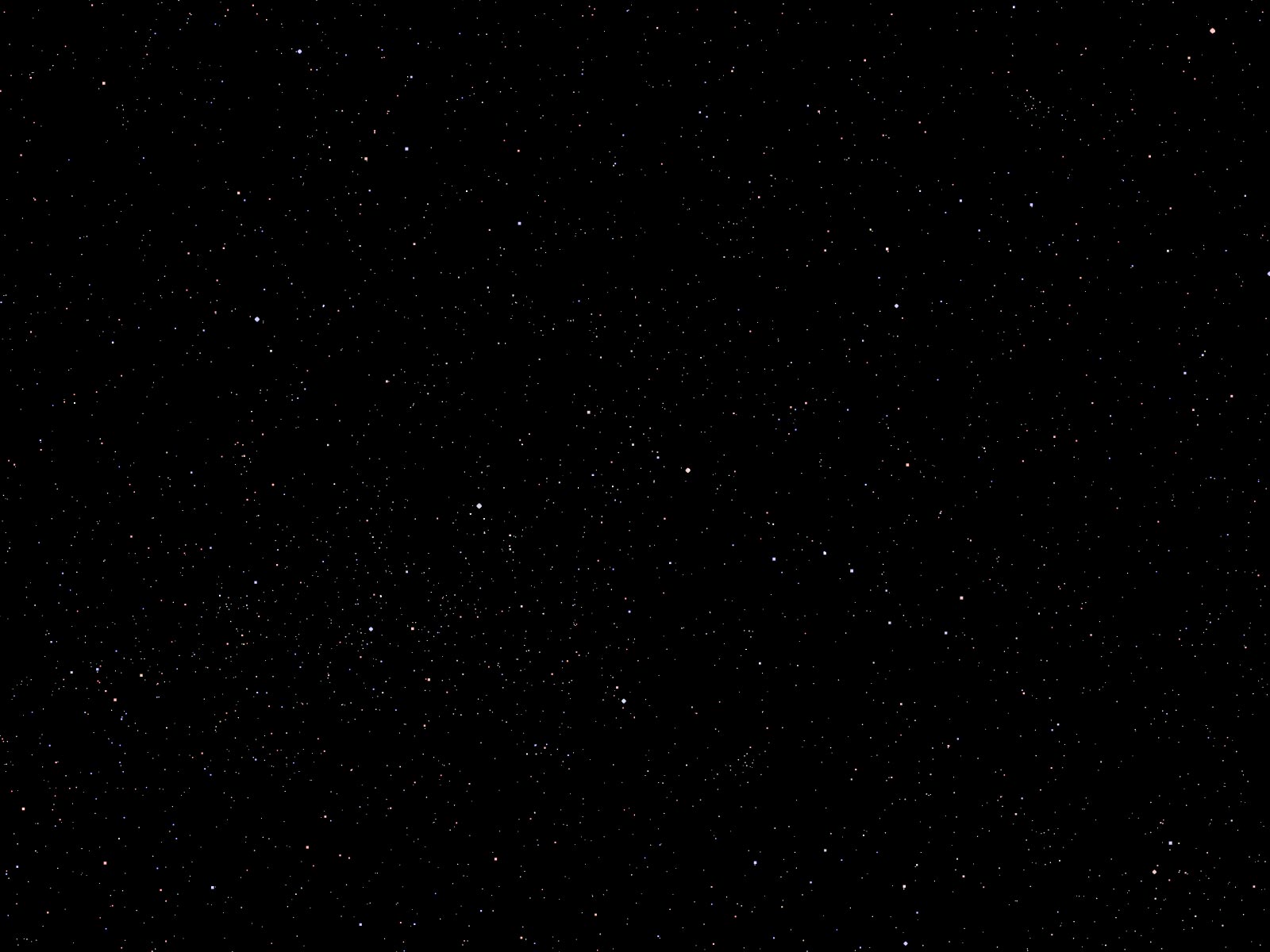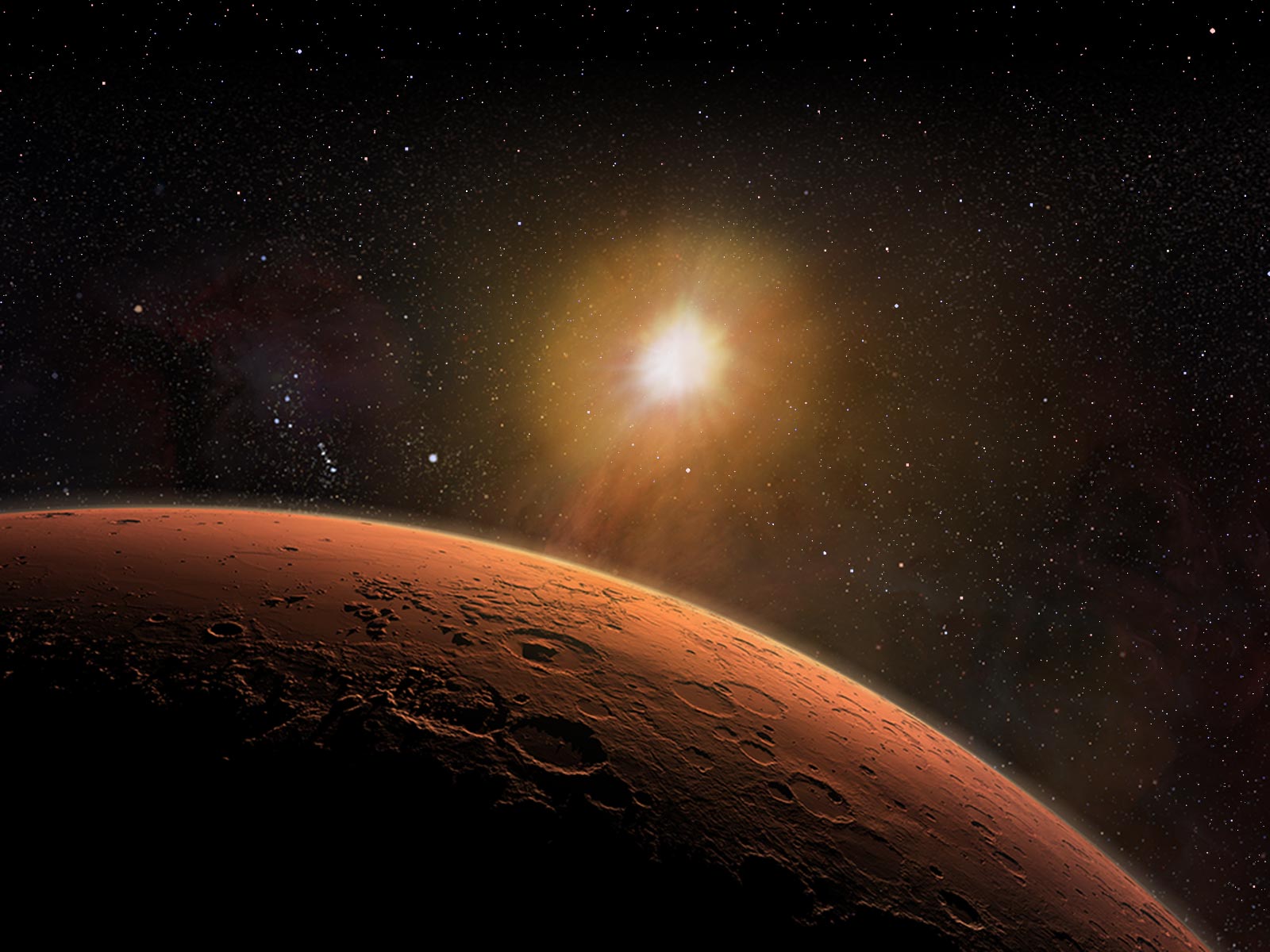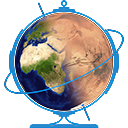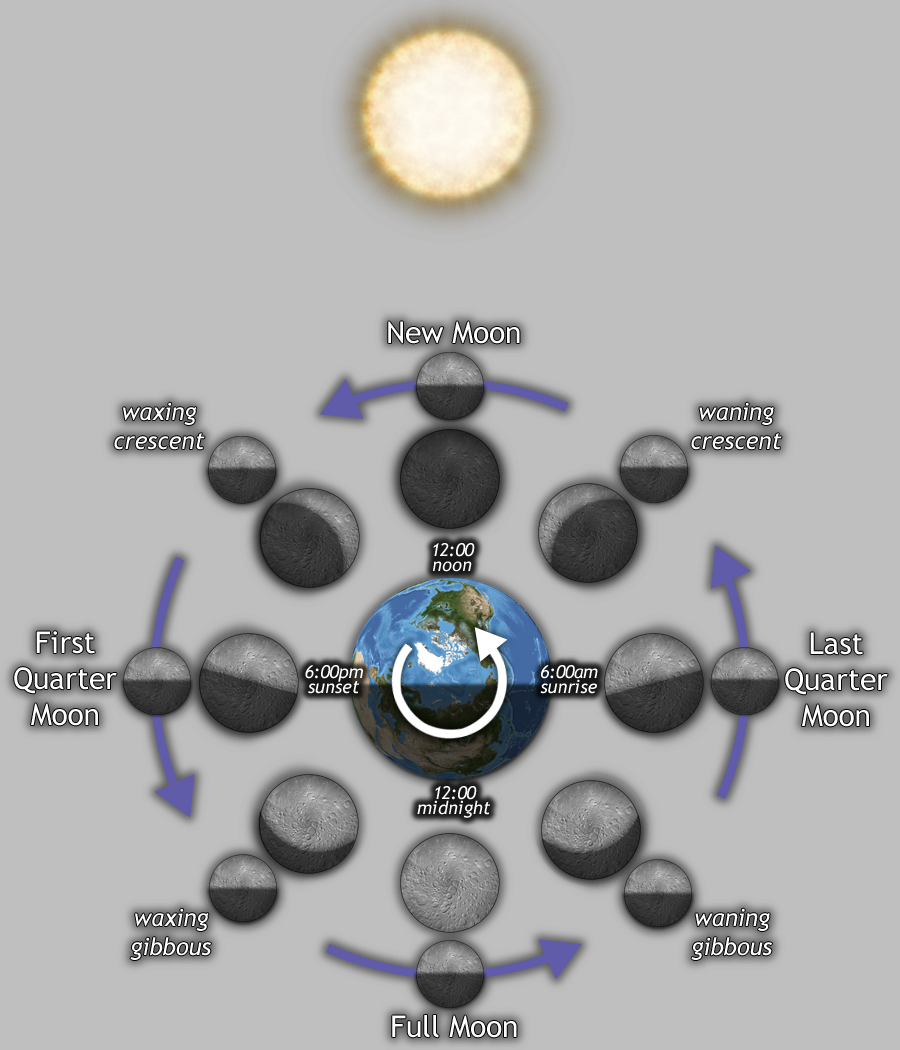


 U.Mars — Encyclopedia
U.Mars — Encyclopedia
Basic Astronomy and the Nighttime Sky
Moon phases result from changes in the relative positions of
with the "phase" of the Moon being determined by the fraction of the illuminated portion of the Moon's surface visible from Earth.
A "Full Moon" occurs when the Earth lies in a direct line between the Sun and the Moon, as in the illustration below. Note that in order to see this full phase, you would need to be somewhere on the "nighttime" side of the Earth (a location for which the Moon is above the horizon).
In the following illustration, note that the outer ring figures represent the actual illuminated/dark sides of the Moon in space; the inner ring represents how an observer on Earth's surface would see the Moon at those points in the Moon's orbit. The Earth rotates counter-clockwise in this drawing, and the Moon revolves counter-clockwise around it.

Note that the sizes of the Sun, Earth, and Moon in the figure are not to scale, nor are the relative distances between them.
A "New Moon" occurs when the Moon lies directly between the Earth and the Sun, as shown. Note that when you see a New Moon, you are looking at its nighttime side so it would appear dark (or would not show up at all in a bright daytime sky).
Mid-way between a New Moon and a Full Moon is the so-called "First Quarter," one of the two "Half Moon" phases. After the Full Moon, mid-way to the next New Moon, is the "Third (or Last) Quarter" Moon.
Crescent Moons can be seen between a New Moon and First Quarter (when it is said to be "waxing"), or between Last Quarter and New Moon (when it is said to be "waning"). A "gibbous" Moon is seen after First Quarter and before a Full Moon (waxing gibbous), and after Full Moon but before Last Quarter (waning gibbous).
See also: